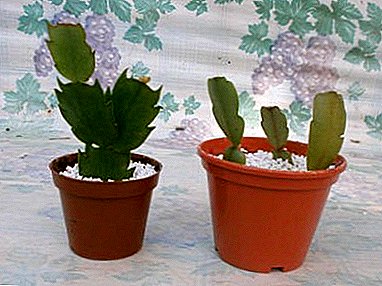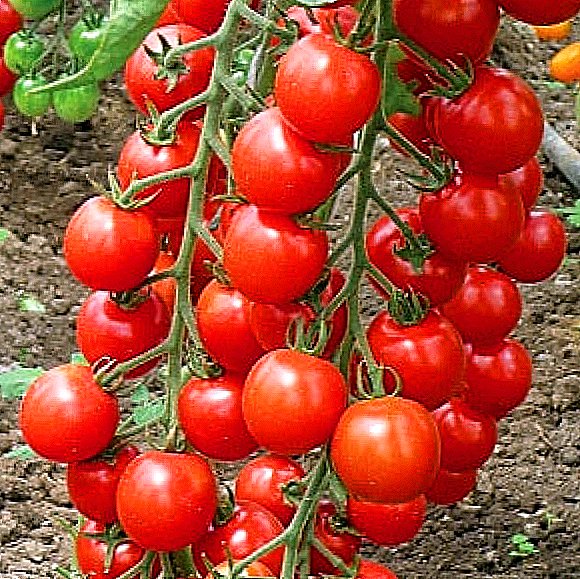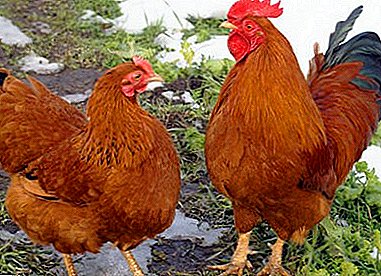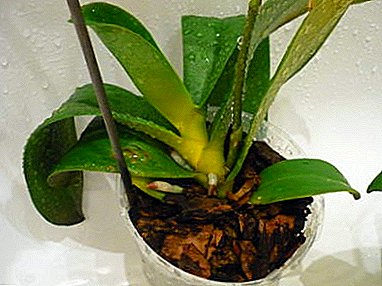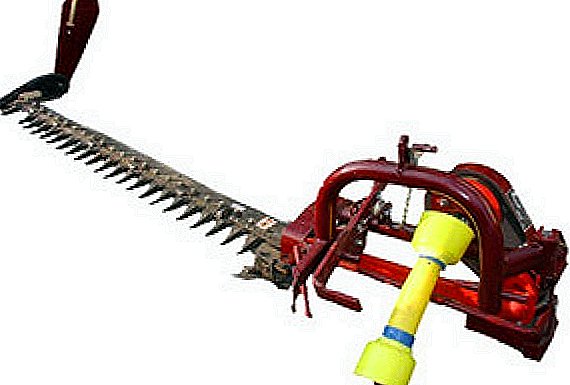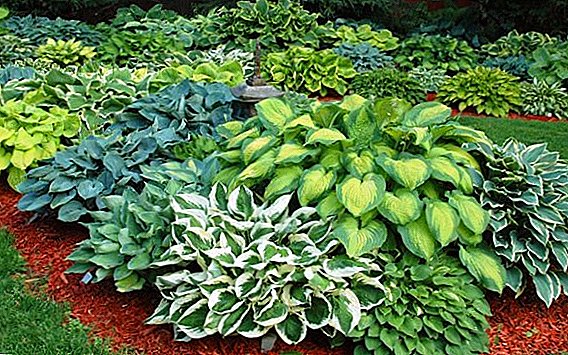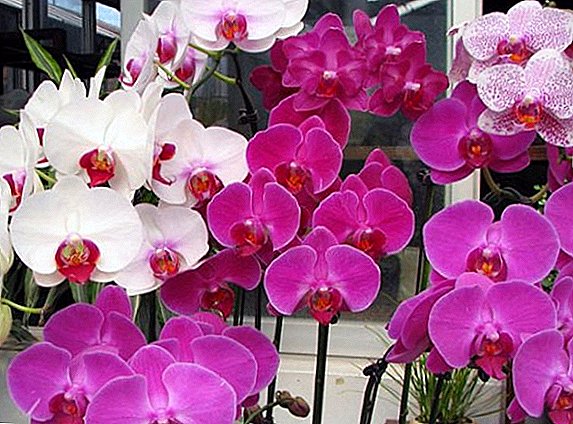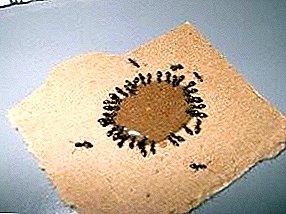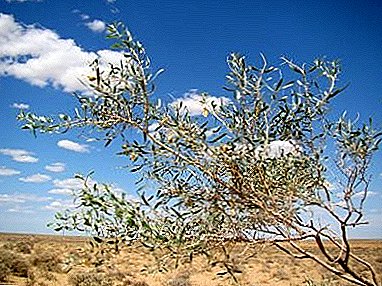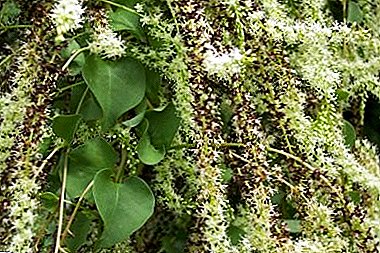
In countries with warm climates, this plant is used for landscaping plots.
The twisting branches of this creeper with originally twisted leaves are decorative enough.
In Russia, Anderdera is grown as an indoor flower.
Features of the form
Anredera (bussingholzia) - genus of climbing vines with long shoots from the family of basel. It has fleshy heart-shaped leaves.
It blossoms with white panicles, abundantly covering the aerial part of the plant at the end of summer. In nature, shoots reach a length of 6 meters.
Lianas are also grown at home: Fatshedera, Hoya Karnoza, Hoya Obovata, and liana-like: Amphelium ficus, creeping ficus, types of Wisteria, Hydrangea, and various grape varieties.
From the tuberous root several shoots grow at once, which create thick weaves. Shoots grow at high speed, and the plant quickly forms a thick cap of hanging shoots.
If to apply the special support established in pots, the plant turns into a green screen.
During flowering, Anderera smells pleasant, delicate aroma, increasing in the evening and night hours.
The genus of this plant includes 10 species. In the indoor floriculture, the species of Anderdet is cardioelean.
Below are photos of Anderyr's creeper growing at home:






Plant benefits
This plant is called "poor man's potato" because it is used as food in its homeland in South America and Asia. Tubers have a pleasant, starchy taste.
The leaves of this flower are also edible, they are close to spinach in taste.
Peculiarities of home care
Anredera is a rather rare plant, so you can hardly find a ready copy on the shelves of stores. You can grow it by buying a tuber.
Utensils and soil for planting
 For cultivation, it is recommended to select wide, but shallow containers. Choose a pot with a diameter greater than the height. A large layer of drainage is required at the bottom.
For cultivation, it is recommended to select wide, but shallow containers. Choose a pot with a diameter greater than the height. A large layer of drainage is required at the bottom.
The soil is prepared by mixing two parts of a universal soil for deciduous plants and one part of coarse river sand or peat.
Watering and humidity
Water the plant abundantly, as the topsoil in the pot dries. She does not need spraying, as she normally feels in the conditions of dry air.
After Andeder ottsvetet, watering sharply reduced.
Illumination and temperature content
The plant prefers well-lit places, so it is recommended to keep it on the western or eastern windows. On the north window, Ahredder will fall ill from a lack of light. Growing on the southern window is possible if the plant is gradually accustomed to the sun.
The optimum temperature for a flower is moderate, indoor. But the plant is not adapted to the cold, so it will be bad to grow and be ill in a cool room.
Top dressing
During the growing season, the plant is fed every 15 days with complex fertilizer for indoor plants. You can combine feeding with the use of organic. It is not recommended to bring organic matter during flowering.
Feed Anredre needed, since the roots of her are located close to the surface.
Pruning
In the formation of the crown plant does not need. But to maintain the uniform development of the bush, too long shoots should be cut.
Transplant rules
Anderu is transplanted, replacing the soil, only after the roots have grown over the entire space of the pot. If you see that the tubers appear on the surface, then the capacity and the soil should be changed. Conduct a transplant in the spring, before the first shoots appeared.
Tubers should be cleaned from the old soil, to separate the diseased. After planting the tubers do not pereuvlazhnyayut. Watering increases as soon as the growth of shoots begins.
Breeding methods
 Best of all Andeder breeds tubers. The newly formed tubers are separated in the spring, during transplantation. Before planting, it is desirable to treat them with a solution of potassium permanganate. Each tuber is planted in a separate container.
Best of all Andeder breeds tubers. The newly formed tubers are separated in the spring, during transplantation. Before planting, it is desirable to treat them with a solution of potassium permanganate. Each tuber is planted in a separate container.
You can also apply the cutting method. Cuttings from a plant quickly root in a peat-sand mixture. As soon as new shoots appear on the cuttings, the tubers are transplanted in a container with a nutrient primer.
Seed multiply the plant in March. Seed material is scattered on the surface and sprinkled with a small layer of sand. For the emergence of sprouts, they need heat and light, so the crops are covered with glass or plastic film and put on the windowsill.
ATTENTION. We can not allow direct rays to fall on the tank with crops. Seeds from this will not germinate, and brewed from the greenhouse effect.
Seeds germinate quickly, then they are dived into a mixture of turf, sand and peat in equal quantities. Seedlings are planted in separate containers in the phase of 4-5 leaves.
Rest period
In the fall, the shoots of the plant dry out. They must be cut flush with the ground, the pot placed in a cool, dry place. Watering the tuber in the winter is not necessary.
From the hibernation of Anderde comes out in March. At this time, it should be put on a bright warm place and pour. Very soon shoots will appear, and the plant will turn green again.
Pests and diseases
 The plant affects mealybugs, aphids and spider mites. To combat them helps washing the foliage with soapy water and treatment with insecticides.
The plant affects mealybugs, aphids and spider mites. To combat them helps washing the foliage with soapy water and treatment with insecticides.
Sick Andeder fungal diseases, if you keep it in a damp cold soil. Tubers in such conditions rot and the plant dies. To avoid this, it is necessary to comply with the rules of watering.
Conclusion
With proper care, Anderder quickly forms a leafy green screen that can steal any interior. Plant the nodules on the balcony and it will look like a corner of a tropical garden with beautiful lianas.


